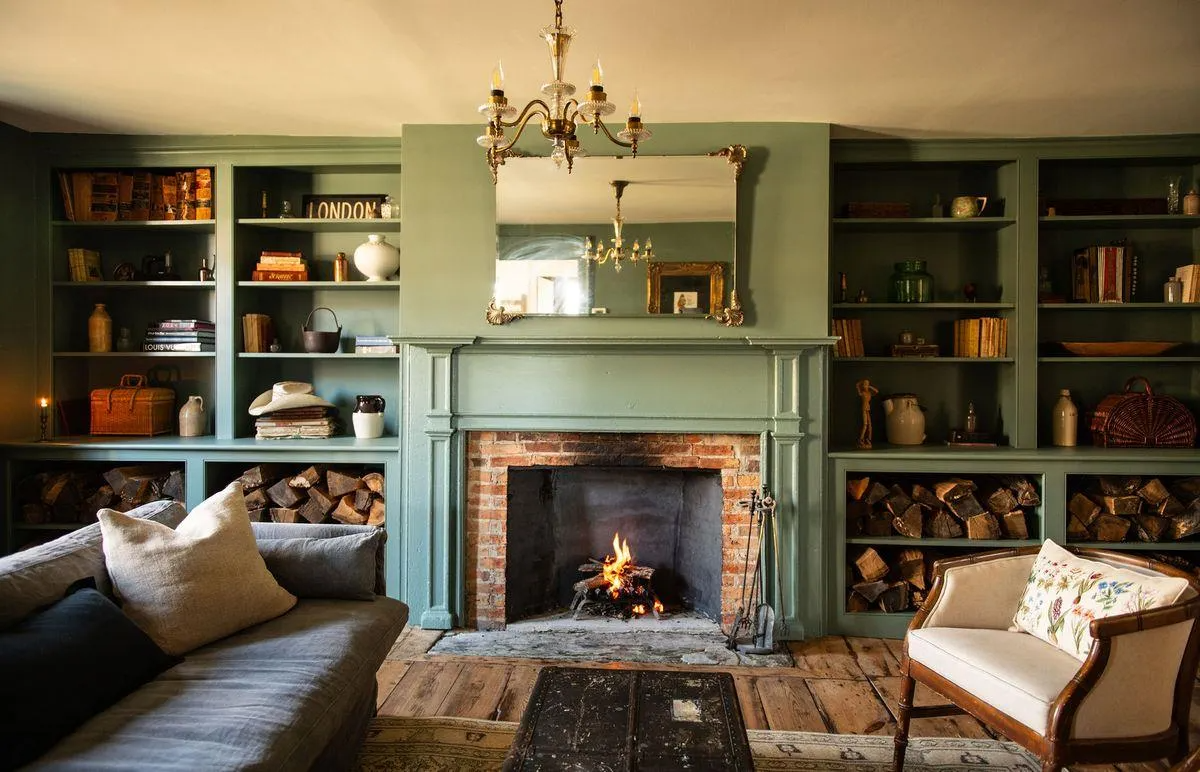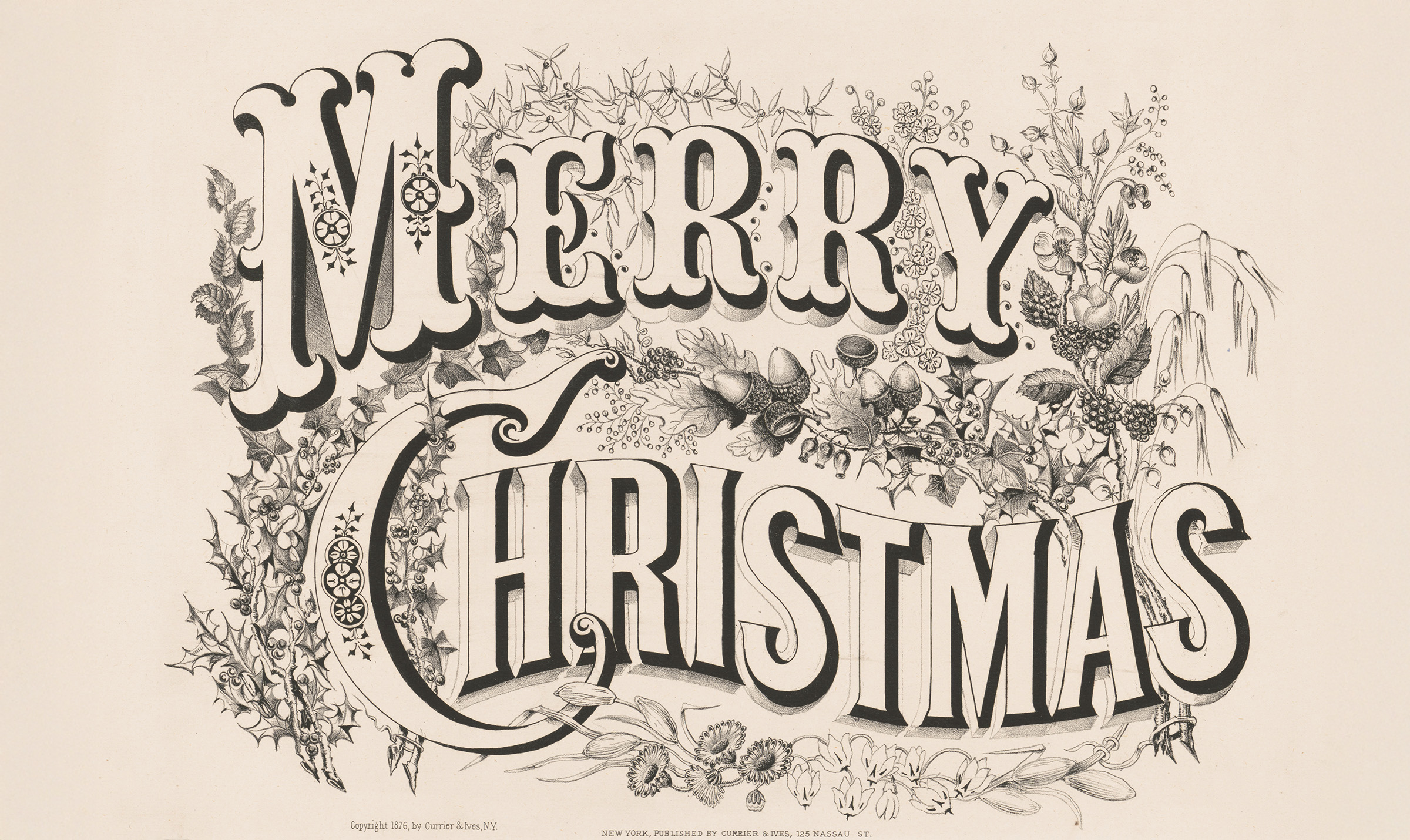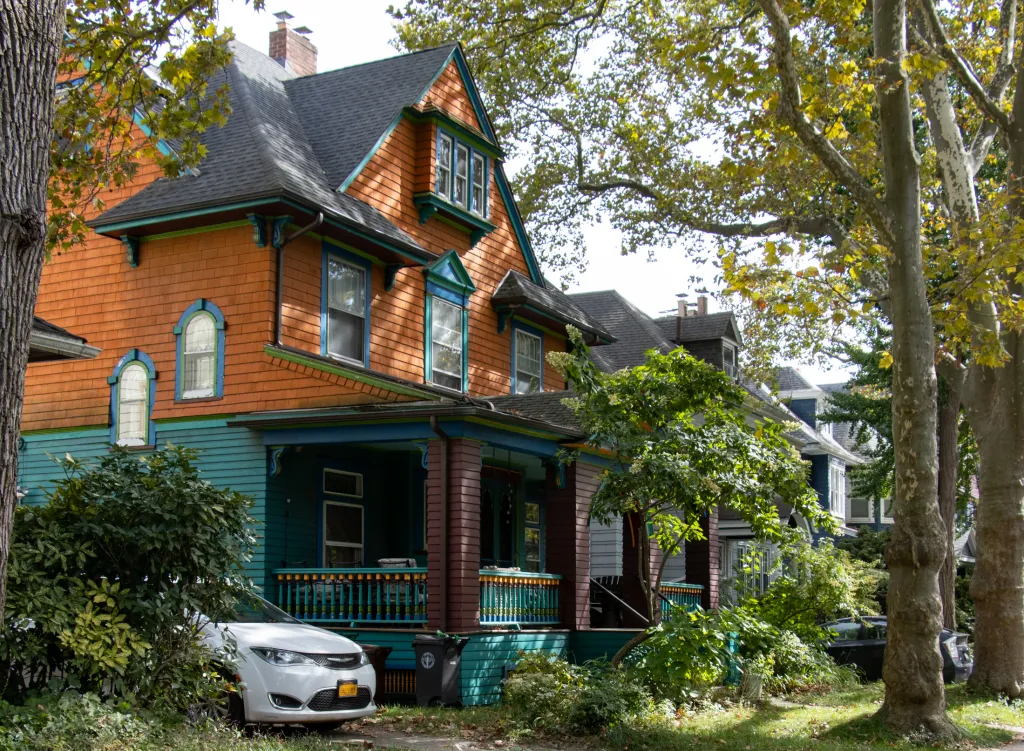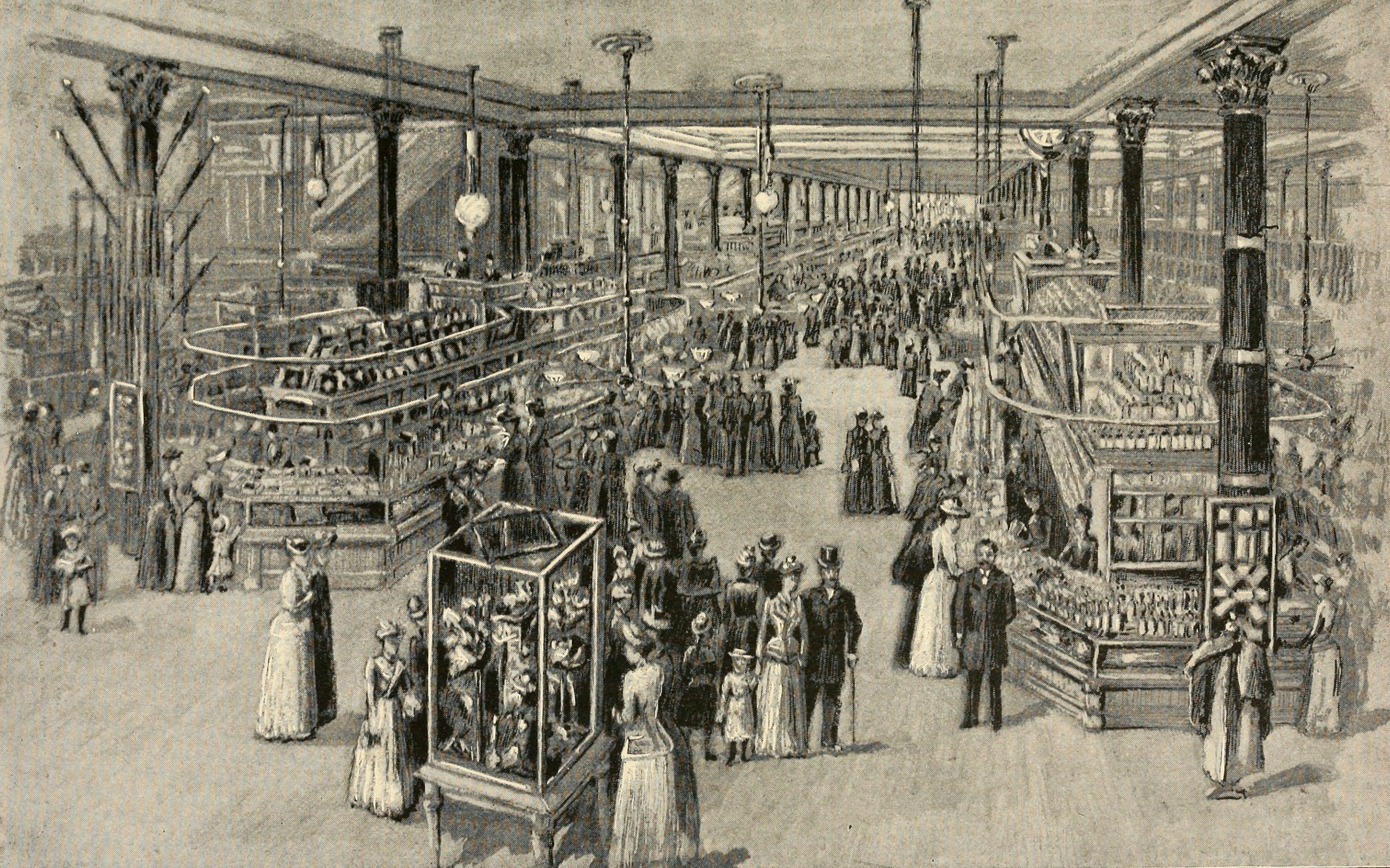Past and Present: Eastern Parkway, east to GAP
A Look at Brooklyn, then and now. The intersection of Bedford Avenue and Eastern Parkway marks the highest point of the “heights” of Crown Heights. From this vantage point, you can see Brooklyn sloping down the ancient terminal moraine. In 1905, the people of Brooklyn erected a statue honoring General George Slocum, a Brooklyn boy…

A Look at Brooklyn, then and now.
The intersection of Bedford Avenue and Eastern Parkway marks the highest point of the “heights” of Crown Heights. From this vantage point, you can see Brooklyn sloping down the ancient terminal moraine. In 1905, the people of Brooklyn erected a statue honoring General George Slocum, a Brooklyn boy who became a well-loved Civil War officer, at this intersection. The General is facing west, towards Prospect Park, perhaps saluting the war veterans immortalized at Grand Army Plaza.
Calvert Vaux and Frederick Law Olmsted designed Eastern Parkway to be a grand boulevard, like the boulevards of Paris, with traffic zipping along in the center, and where people could leisurely promenade along the tree covered walkways, take a rest on the benches, and admire the fine homes that they hoped would be built along the thoroughfare. The parkway was built between 1870 and 1874, but by the turn of the century, the neighborhood of Crown Heights was just coming into its own, the name referring mostly to the southern part of Crown Heights, south of Eastern Parkway. It wasn’t that long ago that this part of the neighborhood was a shanty town with the forbidding Brooklyn Penitentiary only two blocks from here.
The postcard shows an undeveloped Eastern Parkway, with the dome of the Brooklyn Institute of Arts and Science, now the Brooklyn Museum, rising in the distance, and the reservoir water tower which rose between the museum and Grand Army Plaza, looming behind it. And that’s just about it. The globe streetlights are a wonderful, but lonely kind of marker of place here, the street totally empty, but for a horse drawn sleigh.
I would date this photo at around 1906 or so. By this time, developers were just starting to construct the limestone row houses that line much of Eastern Parkway, from about Franklin to points east. A few stand alone on the right. The mid-sized and larger apartment buildings, the theaters, banks, schools and other buildings that now stretch on both sides of the parkway came mostly in the teens through the 30’s, although some of the large pre-wars near the park date from the early years of the century.
Unfortunately for Olmsted and Vaux, Eastern Parkway did not become the upscale promenade they hoped for, especially east of Washington Avenue. 20th century development catered more towards the middle class, who flocked first to the rowhouses, then to the apartment buildings, lining the street on both sides. But what a winter’s vision in this postcard. The trees that still line the walkways were practically saplings then, and the service streets lie covered in snow, waiting for their chance to serve, their creators never imagining the automobile, and its effect on everything here on Eastern Parkway. Today, the General has been moved to Grand Army Plaza, but the dome of the Museum can still be seen, as buildings now thickly line both sides of the street. GMAP







What's Your Take? Leave a Comment